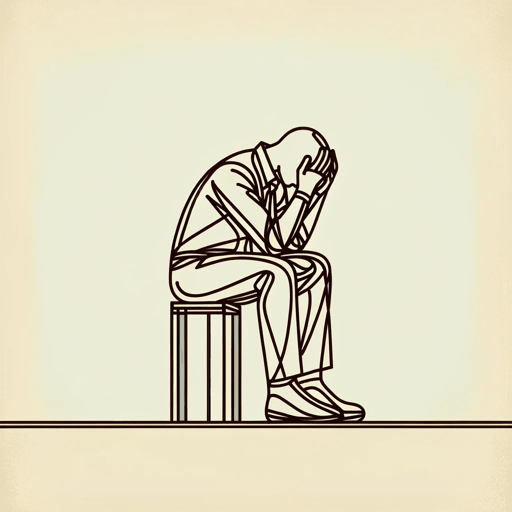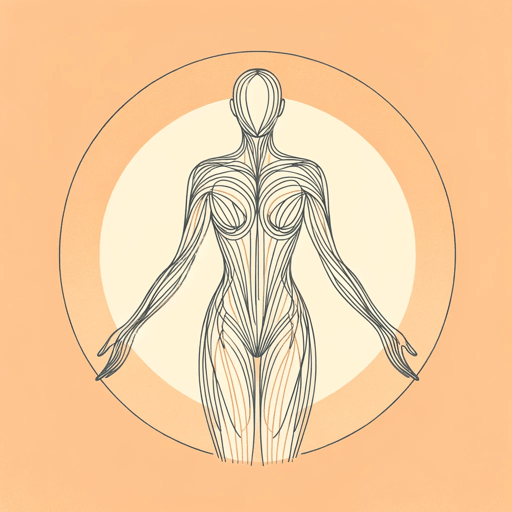33 pages • 1 hour read
Walt WhitmanI Sing the Body Electric
Fiction | Poem | Adult | Published in 1855A modern alternative to SparkNotes and CliffsNotes, SuperSummary offers high-quality Study Guides with detailed chapter summaries and analysis of major themes, characters, and more.
Themes
Body and Soul
In the 1600s, Renee Descartes postulated a divide between the body and mind. Europeans carried this belief to America, believing the soul and body were distinct and sometimes at war with one another. The impulses of the body—sexuality, over-consumption, and even weakness—were meant to be overcome. Ideally, the body was to be tamed, not celebrated. The body was an object, and the mind should dominate and control it.
“I Sing the Body Electric” seeks to undo this dichotomy. Rather than denying the body, or condemning it, Walt Whitman “sing[s]” (Line 1) the body, stating more than once that the body is the soul and it is indeed electric. Science was just beginning to understand that electrical impulses animated the human body. Only a few years earlier, scientists had discovered that electricity could re-animate the leg of a dead frog. There was an invisible force that moved the parts of a person. The “body electric” (Line 1) means body and soul unity, the visible and invisible parts working together as a single entity, one made up of the other.
In Sections 4 and 5, the speaker declares that being around people is enough for him, and it pleases his soul “well” (Line 52).
Related Titles
By Walt Whitman

A Glimpse
Walt Whitman

America
Walt Whitman

A Noiseless Patient Spider
Walt Whitman

Are you the new person drawn toward me?
Walt Whitman

As I Walk These Broad Majestic Days
Walt Whitman

Crossing Brooklyn Ferry
Walt Whitman

For You O Democracy
Walt Whitman

Hours Continuing Long
Walt Whitman

I Hear America Singing
Walt Whitman

I Sit and Look Out
Walt Whitman

Leaves of Grass
Walt Whitman

O Captain! My Captain!
Walt Whitman

Song of Myself
Walt Whitman

Vigil Strange I Kept on the Field One Night
Walt Whitman

When I Heard the Learn'd Astronomer
Walt Whitman

When Lilacs Last in the Dooryard Bloom'd
Walt Whitman

